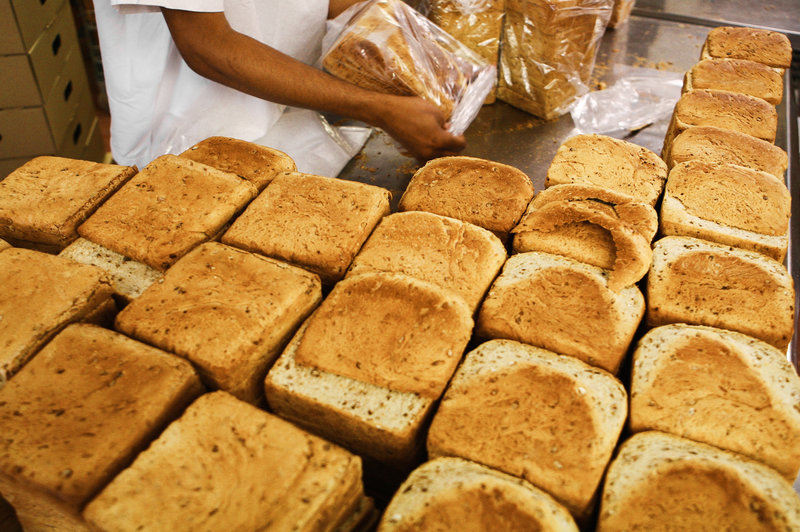The Environmental Footprint of a Loaf of Bread…
A team of researchers at the University of Sheffield have used a specific UK mill and bakery as a model for the environmental cost of producing a loaf of bread.
They collected and analysed data for emissions involved at every step of the process, including growing the wheat, fertilising it, harvesting the crop, transporting the grains to the mill, grinding the grains into flour, transporting the flour to a bakery and then baking and packaging a loaf of bread. Many stages were energy intensive and involved with emissions — for example, the machinery involved with tilling the soil, harvesting, and irrigation, or the electricity required to operate the mill and the bakery. But the vast majority of emissions — nearly 66 percent — came from growing wheat, with 40 percent attributable just to the use of ammonium nitrate fertilisers.
Read the article here

